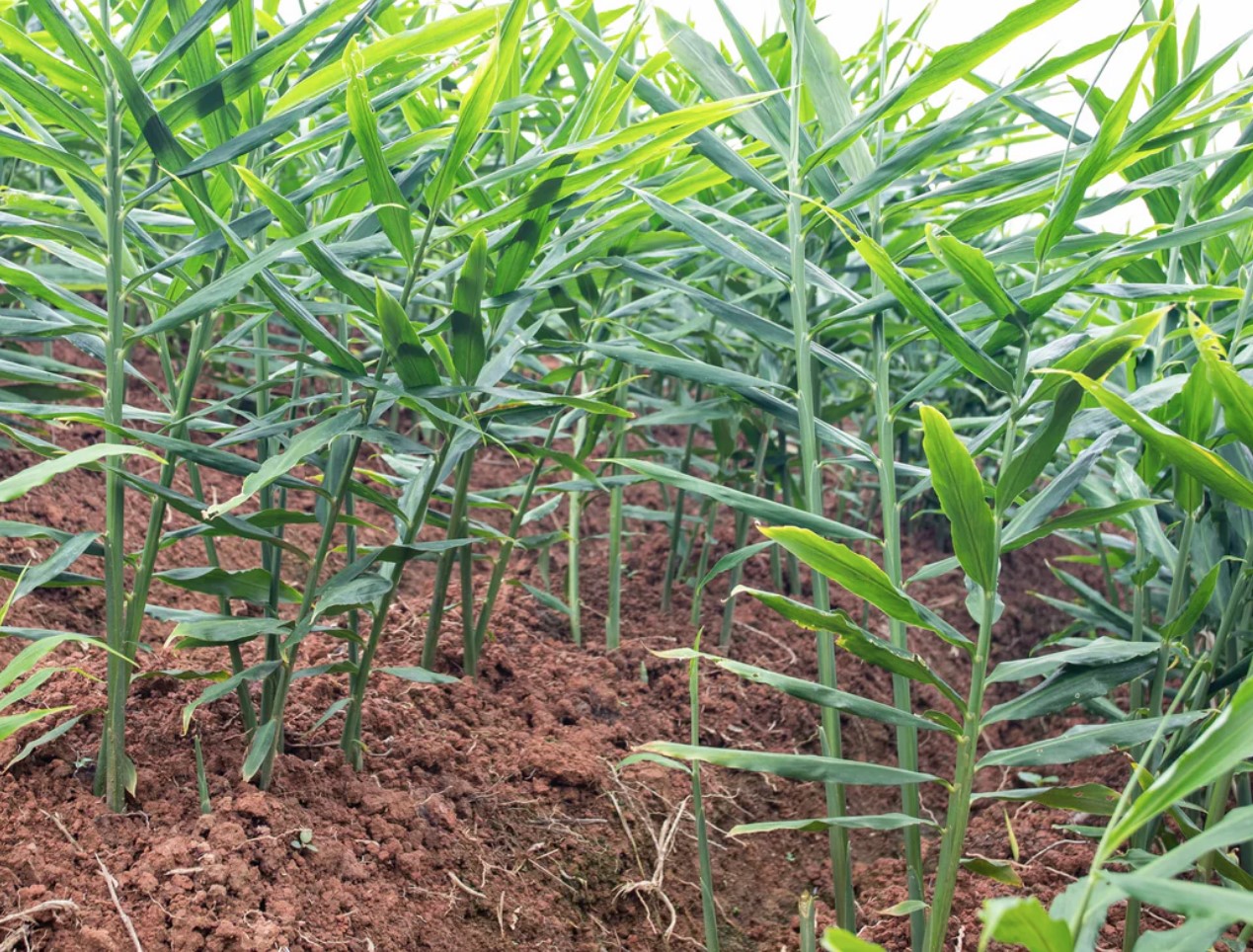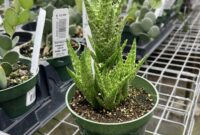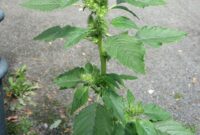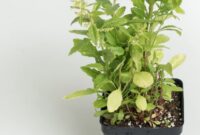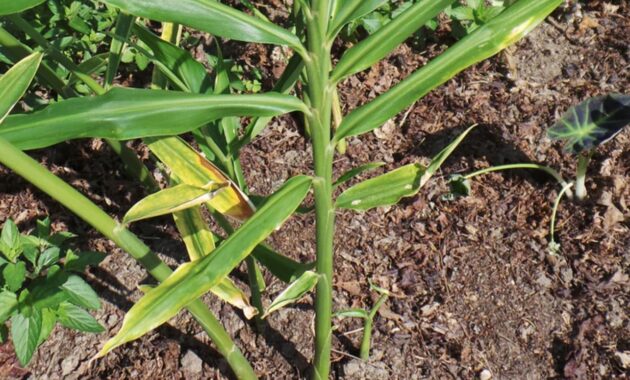
Zingiber officinale, commonly known as ginger, is a perennial flowering plant that has been used for centuries for its culinary and medicinal properties. Native to Southeast Asia, ginger has spread to various parts of the world and is now cultivated in many tropical regions.
What is Zingiber Officinale?
Zingiber officinale is a rhizomatous herbaceous plant that grows to a height of about 1 meter. Its leaves are long, lanceolate, and green. The most recognizable part of the plant is its underground rhizome, which is the part used for culinary and medicinal purposes. The rhizome is fleshy, aromatic, and has a pungent flavor.
How to Grow Zingiber Officinale
Ginger is relatively easy to grow in warm, humid climates. Here’s a simple guide:
1.Planting:
- Choose a well-draining location with partial shade.
- Plant the rhizome horizontally, about 2-3 inches deep, with the buds facing upwards.
- Cover the rhizome with a thin layer of soil.
2.Watering:
- Keep the soil consistently moist but not waterlogged.
- Reduce watering during the winter months.
3.Fertilizing:
- Apply a balanced liquid fertilizer every 2-3 weeks during the growing season.
4.Harvesting:
- Ginger rhizomes can be harvested any time after the plant has flowered.
- Dig up the entire plant and carefully remove the rhizomes.
- You can either use the fresh rhizomes or dry them for later use.
Zingiber Officinale: A Treasure Trove of Health Benefits
Ginger has been used in traditional medicine for centuries to treat a variety of ailments. Some of the key benefits of ginger include:
- Digestive Health: Ginger can help relieve indigestion, bloating, and nausea.
- Pain Relief: Ginger has anti-inflammatory properties that can help reduce pain and inflammation.
- Reduced Nausea: Ginger is often used to alleviate nausea, especially during pregnancy and chemotherapy.
- Boosted Immunity: Ginger contains antioxidants that can help strengthen the immune system.
- Lowered Blood Sugar Levels: Some studies suggest that ginger may help regulate blood sugar levels.
- Improved Brain Function: Ginger can enhance cognitive function and memory.

Zingiber Officinale in Herbal Medicine
Ginger is a popular ingredient in many herbal remedies. It is often used in teas, supplements, and topical applications. Some common herbal uses of ginger include:
- Ginger Tea: A soothing and comforting drink that can help relieve digestive issues.
- Ginger Capsules: A convenient way to consume ginger for its various health benefits.
- Ginger Essential Oil: Can be used in aromatherapy to reduce stress and anxiety.
Zingiber Officinale Plant Properties
Ginger contains a variety of bioactive compounds, including gingerols, shogaols, and zingiberene. These compounds are responsible for the plant’s pungent flavor and many of its health benefits.
How to Propagate Zingiber Officinale
Ginger can be easily propagated by dividing the rhizomes. Here’s how:
- Choose a healthy rhizome: Select a rhizome with multiple buds.
- Divide the rhizome: Cut the rhizome into sections, ensuring each section has at least one bud.
- Plant the sections: Plant the rhizome sections as described earlier.
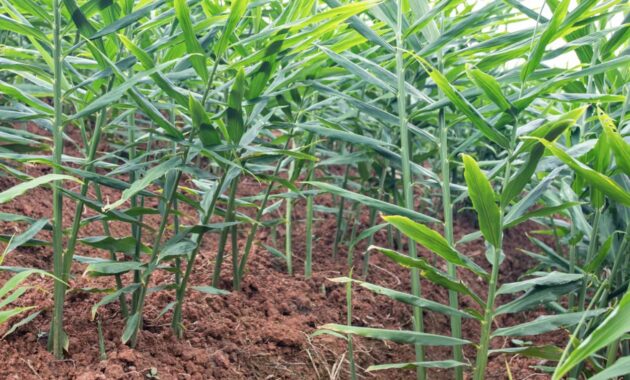
Zingiber Officinale Essential Oil Benefits
Ginger essential oil is extracted from the rhizome of the plant and is highly concentrated. It has a variety of uses, including:
- Aromatherapy: Ginger essential oil can help reduce stress, anxiety, and fatigue.
- Topical Application: It can be used to relieve muscle pain and inflammation.
- Culinary Use: It can be added to food and drinks to enhance flavor.
Conclusion
Zingiber officinale, or ginger, is a versatile plant with a wide range of uses. Whether you’re using it to spice up your dishes or to improve your health, ginger is a valuable addition to your home and kitchen. By understanding the plant’s care requirements and its numerous benefits, you can harness the power of this ancient remedy.
FAQs
- Can I grow ginger indoors?
Yes, you can grow ginger indoors in a pot. Place the pot in a warm, sunny location and water regularly. - How often should I harvest ginger?
You can harvest ginger any time after the plant has flowered. However, for the best flavor, harvest it in the fall. - Can I use ginger to treat nausea during pregnancy?
Yes, ginger is often used to relieve nausea during pregnancy. However, it’s important to consult with your doctor before using it. - What are some common side effects of ginger?
Ginger is generally safe for most people. However, some people may experience side effects such as heartburn, diarrhea, and allergic reactions. - Can I use ginger to lose weight?
While ginger may help boost metabolism, there is no scientific evidence to support its use for weight loss.
